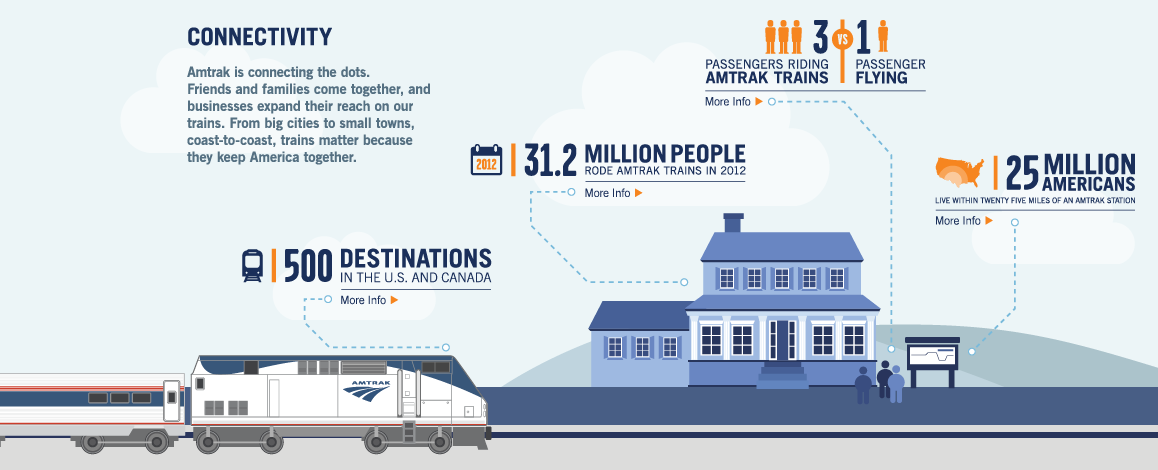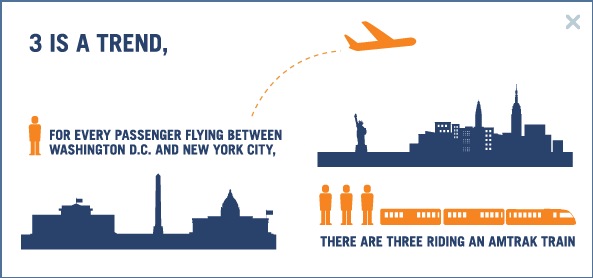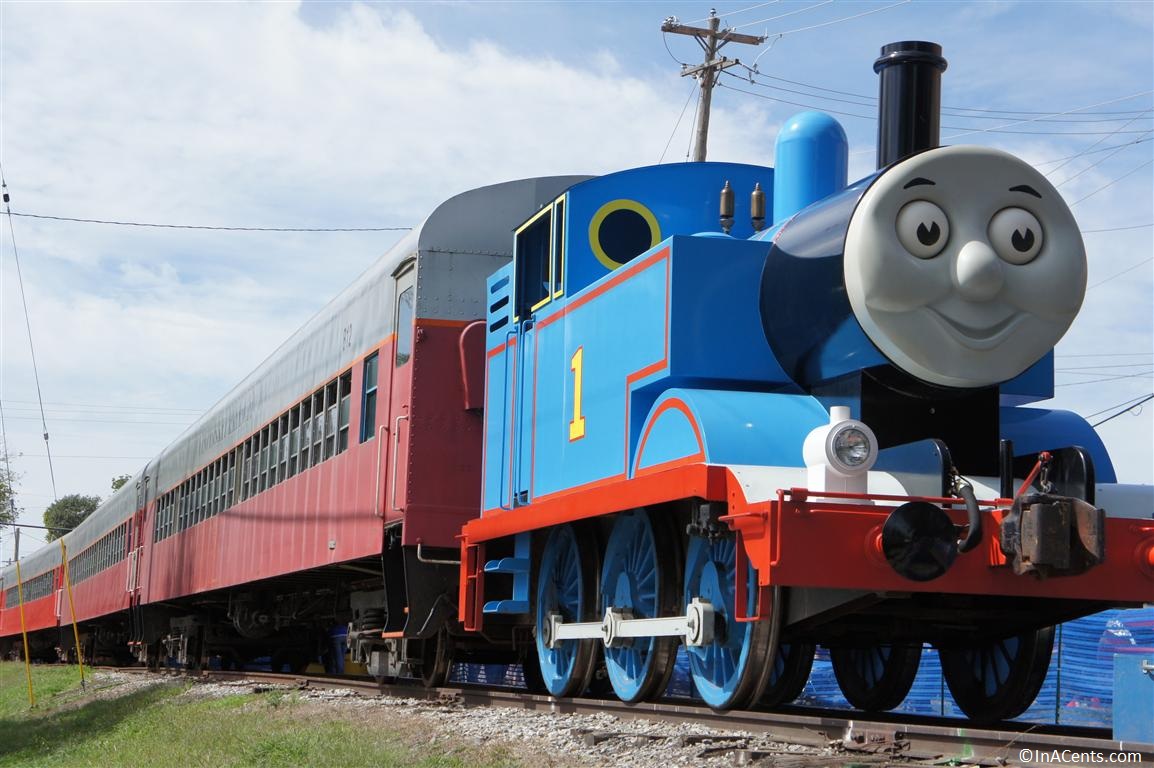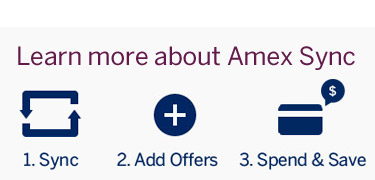Put a Little Choo-Choo in Your Life on National Train Day May 11, 2013
Saturday, May 11, 2013 marks the annual National Train Day event. When man learned to walk, he longed for a method of transportation that would make his life easier. When railway transportation was incorporated into the human lifestyle, and products and people could more efficiently be moved around, people became fascinated with the new technology. Today, not much has changed in the way of train transportation other than computer controls, but the fascination to boys and girls everywhere with trains is an amazing testament to the staying power of the carriage-less horse power.
At the time of this writing, there are currently 226 different events across the country celebrating National Train Day.
Amtrak also provides a telling interactive infograph on the National Train Day website.
The infograph states 3 times as many people ride Amtrak passenger trains than fly. I began to wonder about the truth in that statement. I could understand the short routes between say Boston and New York City, but the times I have rode the train between Cleveland and Chicago, the cars have been empty. However, looking a little closer, Amtrak selected to look only at the popular Washington D.C. to NYC route, which touted a 3:1 ratio compared to flying. Selective marketing for a very small, but profitable piece of the puzzle.
In addition, Amtrak claims 31.2 million passengers in 2012. Looking at the FAA 2013 Forecast report, the industry catered to 736.7 million passengers in 2012. The modes of transportation are not even in the same ballpark, which is further evidence of the slanted view of the 3:1 ratio claimed.
On a related note, one of the best written articles that I reviewed about the inside workings of Amtrak was one put out by another mileage blogger, View From the Wing, titled A New Plan to Save 80% of Amtrak – And Make it Kinda Sorta Almost Profitable. The report highlights just how unprofitable Amtrak is doing.
Prices to travel by train in the U.S. are high, they take a long time to get to your destination, and at least located here in Ohio, they only travel in the middle of the night. While I understand the logistics of traveling on the rail lines to avoid disrupting freight train service, which operates on the same lines, the reality is that train travel may not be the most suitable for family travel.
Why would I want to pay to ride the train, which often is very similar in price to flying, yet it can take me a whole day or two just to get to where I am going?
Regardless of the perils on the railway industry, there is no denying the appeal to little eyes. We actually did some local train events this past weekend since with the birth of our new baby we will be unable to attend any of the formal National Train Day events.
Save Money, Travel More!
Source: InACents







